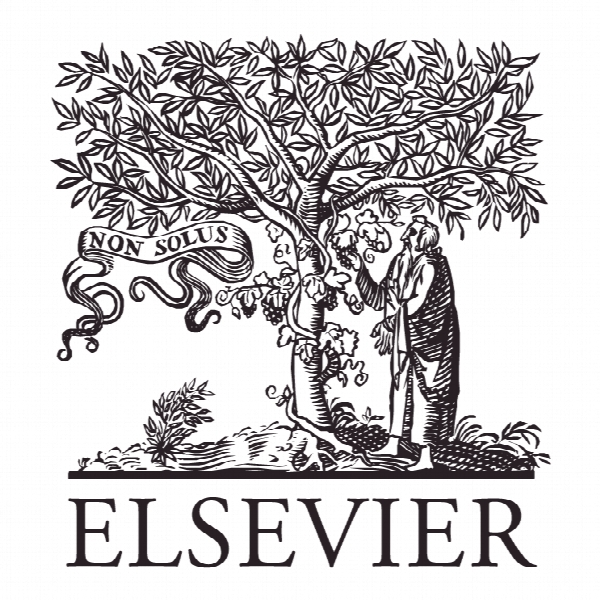کاربرد رویکرد خاکستری – فازی در بهینه سازی فرآیند چرخش CNC Application of Grey-Fuzzy Approach for Optimization of CNC Turning Process
-
 4.0 (1 رای)
4.0 (1 رای)
- نوع فایل : کتاب
- زبان : انگلیسی
- ناشر : Elsevier
- چاپ و سال / کشور: 2018
توضیحات
رشته های مرتبط مهندسی مکانیک
گرایش های مرتبط ساخت و تولید
مجله مواد امروزی: مقالات – Materials Today: Proceedings
دانشگاه National institute of Technology – Tiruchirappalli – India
منتشر شده در نشریه الزویر
کلمات کلیدی انگلیسی PH stainless steel; Grey-Fuzzy; CNC machining; Power consumption; Surface Roughness
گرایش های مرتبط ساخت و تولید
مجله مواد امروزی: مقالات – Materials Today: Proceedings
دانشگاه National institute of Technology – Tiruchirappalli – India
منتشر شده در نشریه الزویر
کلمات کلیدی انگلیسی PH stainless steel; Grey-Fuzzy; CNC machining; Power consumption; Surface Roughness
Description
1. Introduction 15-5 is a precipitation hardenable stainless steel exhibits good combination of high strength and hardness, with excellent corrosion resistance and weldability and has the property of high resistance to crack propagation, good transverse properties and good resistance to stress-corrosion cracking. This material is extensively used in many applications to withstand high pressure and corrosive environment. Machining can be done on 15-5PH stainless steel alloy at any obtainable condition due to its ductile property. Compared with the other PH steels, 15-5PH provides dimensional stability and better polishability [1, 2]. The importance of predicting surface integrity of 15-5 Precipitated hardening stainless steel was reported which makes more attention in nuclear applications [3]. Ashok kumar et al. [4] reported that15-5 PH steel is predominant than 17–4 PH stainless steel. In the solution treated condition this material can be machined at the rate similar to SS 304, and these machining rates fit well for about 60 percentage with H900 condition. Ross [5] focused and used Taguchi method to optimize the process parameters in achieving high quality products. Optimization using Taguchi method is concerned with single performance characteristic [6]. Optimising multiple response characteristics is more difficult compared with single performance characteristics [7, 8]. Carmita Camposeco-Negrete [9] made an attempt to optimize turning parameters while machining AISI 6061 T6 under rough condition to minimise energy consumption. The influencing factor was determined using orthogonal array, signal to noise (S/N) ratio and analysis of variance (ANOVA). Ashok Kumar and Swastik Pradhan [10] examined the influence of process parameters using Taguchi method on different parameters. ANOVA and least square method were used in adopting regression analysis in predicting output characteristics [10]. Raj Mohan et al. [11] used grey-fuzzy algorithm to find the optimal machining parameters in drilling of aluminium metal matrix composites. The new proposed method was coupled with both the grey relational analysis with the fuzzy logic and obtained a grey-fuzzy reasoning grade in evaluating the multiple performance characteristics. Issam Hanafi et al. [12] used classical response surface regression Technique and implemented fuzzy logic model to predict the relationship between the machining input variables cutting speed, feed rate and depth of cut with cutting power, cutting force and cutting pressure. Sarojrani Pattnaik et al. [13] determined the optimal process parameters with multiple performance characteristics in the investment casting process using orthogonal array with grey–fuzzy logic and grey fuzzy reasoning grade to analyse the performance index in determining the process parameters. Anil Gupta et al. [14] described about the Taguchi method, fuzzy technique and fuzzy logic in optimising CNC turning parameters with multiple response characteristics. Fuzzy reasoning for the multiple response characteristics was performed and found that the performance characteristics have been improved.


